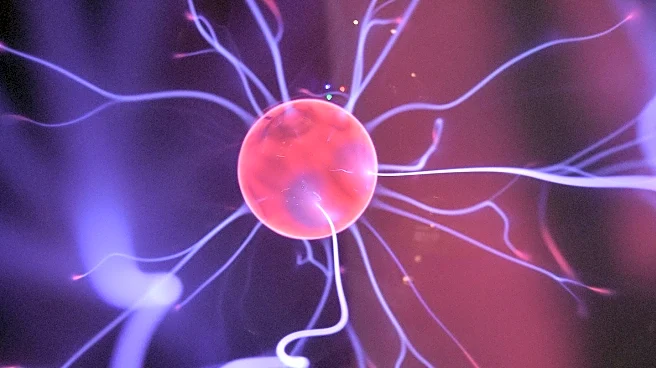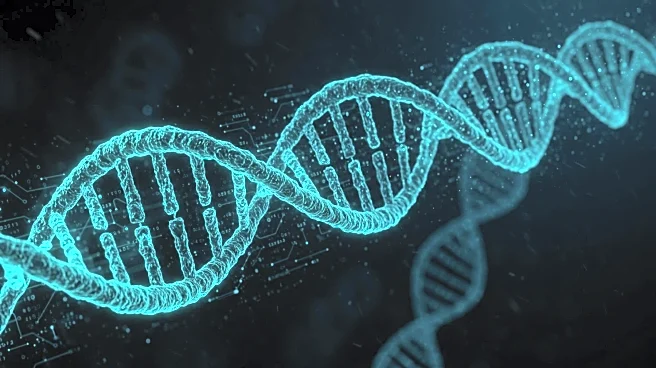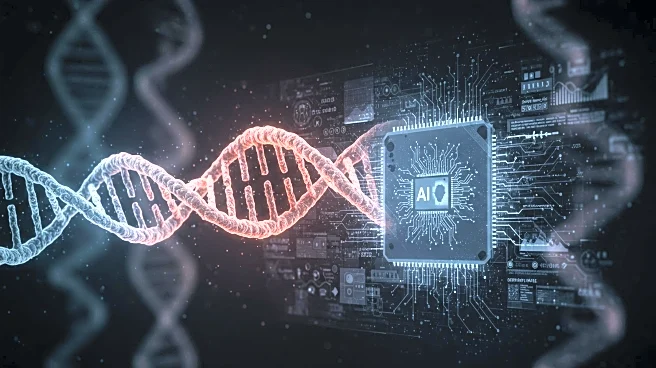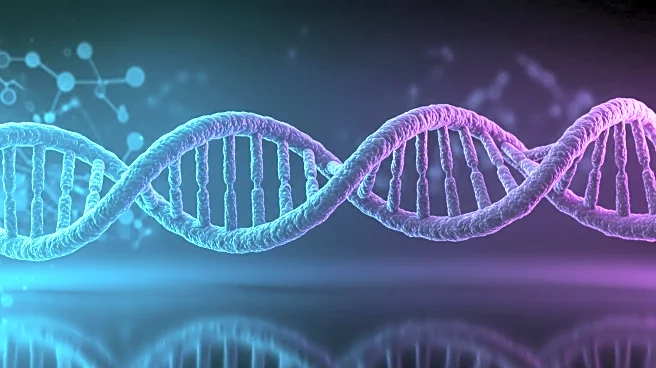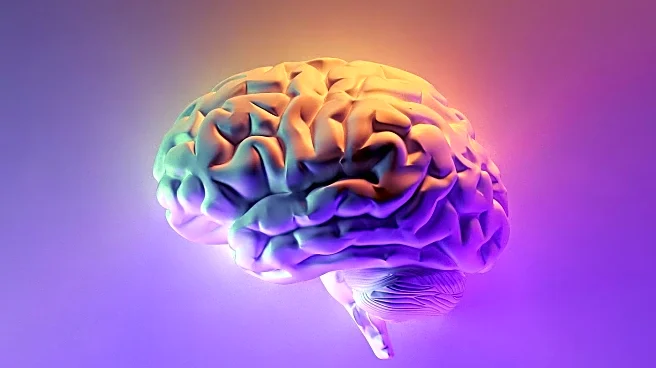What's Happening?
Recent research has focused on dystroglycanopathies, a group of congenital muscular dystrophies caused by defects in the glycosylation of α-dystroglycan. These defects impair the dystrophin-glycoprotein complex's ability to link the extracellular matrix to the cytoskeleton, leading to disease pathology. The synthesis or elongation of O-mannosyl glycan-derived structures, essential for ligand binding to α-dystroglycan, is central to these disorders. The clinical spectrum ranges from congenital muscular dystrophy with central nervous system abnormalities to adult-onset limb-girdle muscular dystrophy. Therapeutic strategies under exploration include gene therapy, antisense oligonucleotides, and substrate supplementation.
Why It's Important?
Understanding the molecular pathology of dystroglycanopathies is crucial for developing effective treatments. These disorders significantly impact patients' quality of life, affecting muscle regeneration, cardiac function, and brain development. Advances in therapeutic strategies could lead to improved outcomes for individuals suffering from these muscular dystrophies. The research highlights the importance of glycosylation in muscle function and the potential for innovative treatments to address these genetic disorders.
What's Next?
Future research will likely focus on refining therapeutic approaches and exploring new treatment avenues. The development of gene therapy and other molecular interventions could offer hope for patients with dystroglycanopathies. Continued studies on the role of dystroglycan in muscle and brain function may provide further insights into the disease mechanisms and potential therapeutic targets.




